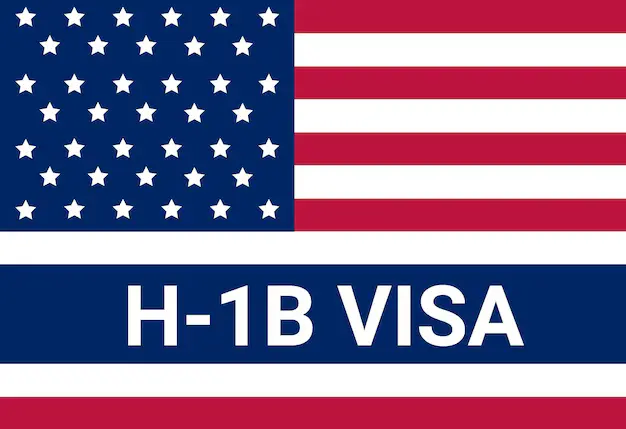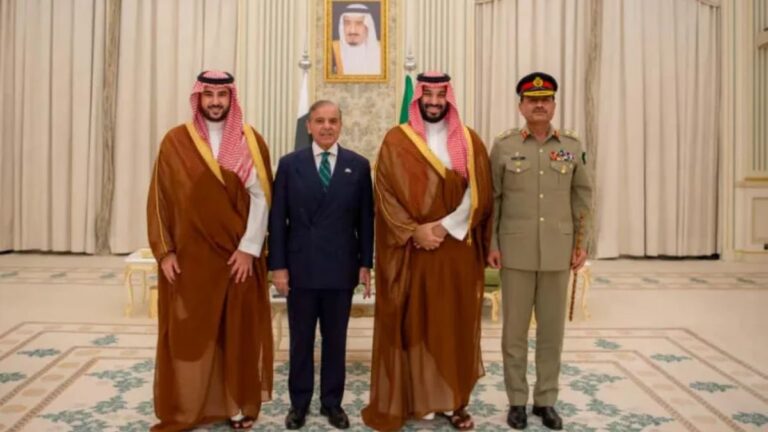
The H-1B visa program is a pivotal component of the United States’ immigration and employment policies, enabling American employers to hire skilled immigrant workers. As outlined by the US Department of Labour, the program facilitates the temporary employment of foreign professionals in occupations that demand “a high level of skill” and “at least a bachelor’s degree.” Initiated in 1990, the H-1B visa aims to address skill shortages in the domestic workforce, allowing businesses to tap into global talent pools.
Key Features of the H-1B Visa Program
- Duration and Limits:
- An H-1B visa can be granted for a maximum of six years. After this period, the holder must either leave the US for at least 12 months or pursue permanent residency (Green Card).
- Annually, 65,000 new visas are issued under the regular cap, with an additional 20,000 visas allocated to applicants holding advanced degrees from US institutions.
- Objective:
- Designed to support employers unable to find qualified talent domestically, the program ensures that businesses can access the necessary skills to remain competitive globally.
H-1B and Political Debates in the US
Immigration has consistently been a contentious issue in American politics. According to an October YouGov poll, 14.6% of registered voters identified immigration as the most critical issue in the 2024 election, a sharp rise from just 2.1% in 2012. While much of the rhetoric has historically targeted low-skilled labor, recent debates have also scrutinized skilled immigration programs like H-1B.
Polarizing Views
Critics argue that immigration, including H-1B visas, negatively impacts wages and employment opportunities for the domestic workforce. This perspective often gains traction during economic downturns, as seen in high unemployment rates, wage stagnation, and rising inflation. Former President Donald Trump’s policies and rhetoric tapped into such sentiments, advocating for stricter immigration controls to prioritize American workers. The debate echoes themes from his earlier “Mexicans-are-stealing-American-jobs” stance, now extended to skilled professionals.
India and the H-1B Visa Program
Dominance in the Program
India is the largest beneficiary of the H-1B visa system. Since 2015, Indians have consistently accounted for over 70% of approved H-1B petitions annually. In comparison, China ranks a distant second, with its share hovering around 12-13% since 2018.
Economic Significance
The United States is India’s largest trade partner, with bilateral trade reaching nearly $120 billion in FY24, surpassing trade volumes with China. Unlike India-China trade, which often faces deficits, India’s trade relationship with the US is favorable. The US accounted for 18% of India’s exports in 2022-23, up from 10% in 2010-11. This trade dynamic underscores the US as a critical source of foreign exchange and a vital market for Indian goods and services.
Challenges and Opportunities
Economic Dependencies
India’s reliance on the US has grown over the years, highlighting the need for diversification. While the export basket is diverse—ranging from textiles to electronics and engineering—greater focus on expanding markets in Europe, Africa, and Southeast Asia could reduce vulnerability to policy shifts in the US.
Sustainability of H-1B Benefits
The heavy reliance on H-1B visas for service delivery poses risks. Experts suggest emphasizing skill development and redistribution within India to mitigate potential disruptions.
Conclusion
The H-1B visa program represents a crucial bridge between global talent and US economic needs. For India, it serves as both an opportunity and a challenge, reinforcing the need for strategic planning to maintain its competitive edge in global trade and skilled workforce deployment. As debates around immigration and trade evolve, a balanced approach—rooted in diversification and resilience—will be essential for navigating the complexities of India-US economic relations.
Also Read: New Orleans Truck Attack – An Act of Terrorism
Disclaimer
This article is for educational purposes, focusing on the relevance of the topic for UPSC aspirants. Students should stay updated on further developments and refer to official sources for comprehensive preparation.
Follow Fusion IAS


